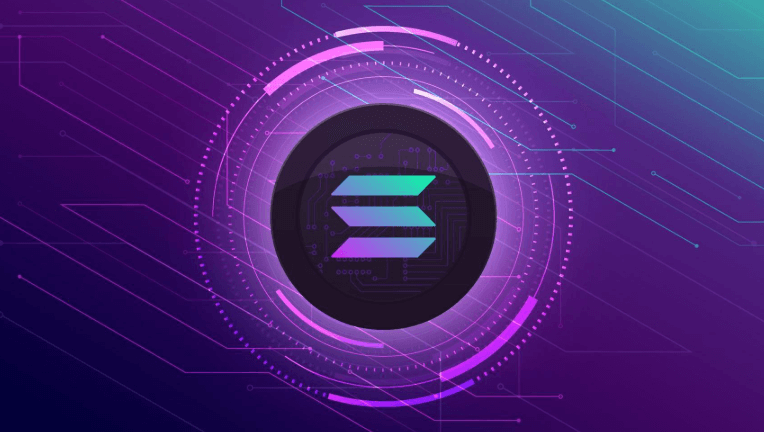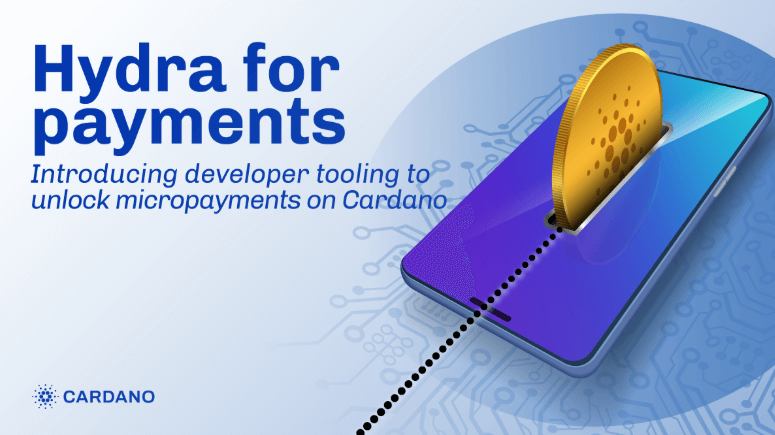Solana (SOL), the high-performance blockchain known for its speed and low fees, is witnessing a surge in institutional interest as staking yields approach 8% annually. A growing number of publicly traded companies and digital asset firms are entering the race to accumulate SOL and capitalize on its attractive on-chain returns, effectively turning the network into a battleground for crypto-native treasury management.

This wave of interest in Solana staking is not purely speculative. Firms such as Upexi, Bit Mining, and DeFi Development Corp. have begun allocating a portion of their corporate treasuries into SOL, viewing it as both a growth asset and a yield-generating instrument. Unlike passive holdings of cryptocurrencies, staking allows these companies to earn regular rewards by helping to secure the Solana network and validate transactions.
At the heart of this trend is the network’s Proof-of-Stake (PoS) consensus mechanism, which distributes rewards to validators and delegators who lock up their SOL tokens to support network operations. With annual staking yields currently hovering between 6% and 8%, Solana has become one of the most attractive Layer-1 platforms for passive income generation in the digital asset space.
This development comes amid a broader shift in institutional strategy, where digital assets are no longer seen solely as high-risk speculative plays, but as tools for on-chain financial engineering. By participating in staking, institutions can earn crypto-denominated returns without liquidating their holdings—effectively deploying idle treasury assets for yield, similar to how corporations invest in bonds or money markets.
The appeal of Solana goes beyond just yield. Its lightning-fast transaction speeds (up to 65,000 TPS), low fees, and expanding DeFi and NFT ecosystems make it a desirable network for both retail and enterprise-grade participation. Recent upgrades and ecosystem development have helped reduce previous concerns about network stability, restoring confidence among investors.
Still, staking on Solana—like any blockchain—comes with risk. Lock-up periods, slashing penalties for validator misbehavior, and SOL’s market volatility are all factors institutions must carefully weigh. However, many are now building robust internal frameworks to manage these risks, with the help of custodians and staking service providers.
Market analysts say this growing competition among firms to capture staking yields may be just the beginning. As macroeconomic conditions push traditional yields lower and regulatory clarity around staking improves, Solana could see even greater flows from corporate treasuries, crypto-native funds, and eventually traditional financial institutions.
With on-chain yields rivaling traditional instruments and a thriving ecosystem fueling long-term optimism, Solana is rapidly becoming a prime destination for crypto treasury diversification—and the 8% yield is only accelerating that trend.
Disclaimer: This article is for informational purposes only and is not investment advice. Investors should research carefully before making any decisions. We are not responsible for your investment decisions.
















